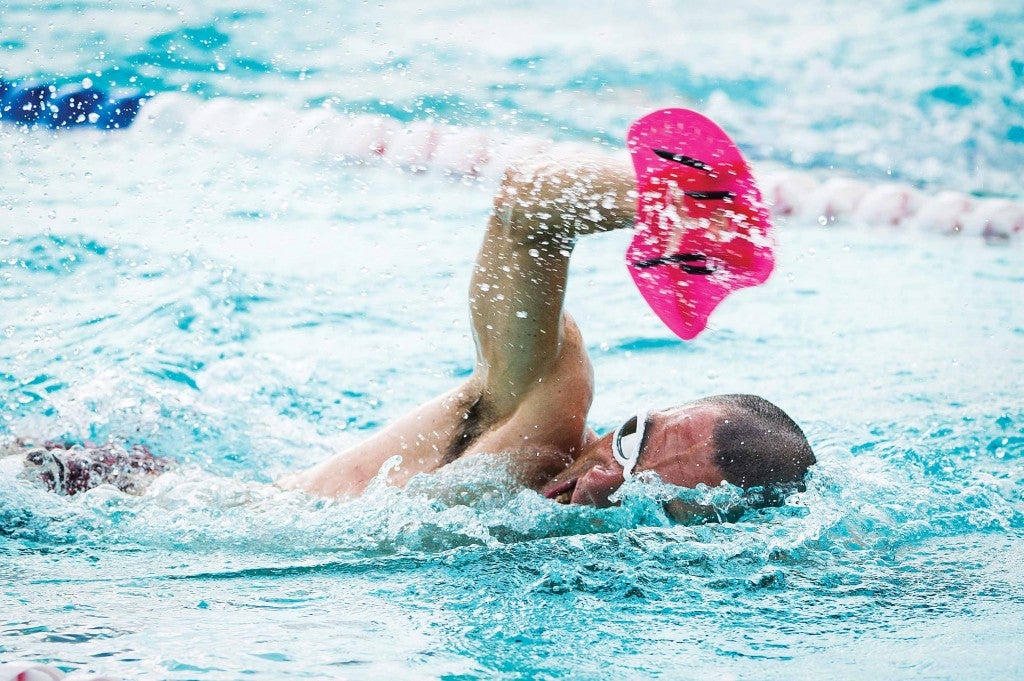In Defense Of Swim Drills

Photo: John David Becker
With the limited hours you have to dedicate to improving swim speed each week, you might think every second should be devoted to building yardage in the pool. To those with this mindset, drills are a waste of time. Of course fitness is important, but good form is even more essential. Swimming may be the most technique-sensitive sport, and the water shows no mercy for those with bad technique.
Using good technique is neither intuitive nor obvious. Getting to the anatomical positions that enable us to swim fast requires some extraordinary flexibility, strength in muscles that may not be used very often, extra work getting to those positions and fitness to sustain those motions or positions. Thankfully, all of those things can be accomplished by slowing down the stroke and focusing on technique. Have an experienced coach look at your stroke and identify the problems—there are always some—and then incorporate the appropriate drills to fix them.
RELATED: Why It’s Important To Conquer The Swim Kick
Specifically, drill work will do the following for your stroke:
Isolate the problem
There are simply too many complex movements in freestyle to enable one to think about one single movement or position of the body. For example, one of the best ways to learn to pull with a high elbow underwater (early vertical forearm position) is by doing One-arm Drill: Hold one arm in front, swim with one arm only, rotating from side to stomach, but focusing on the high elbow position as the single arm pulls through. It is much easier to grasp the concept swimming with high elbows after practicing with a single arm.
RELATED: Pick The Swim Drill For Your Weakness
Correct the problem
Once you discover you have poor technique in one aspect of the stroke, it can be a challenge not to revert to bad habits, especially when tired. A good example is head position. Most swimmers hold their head too high, causing more frontal drag. The best way to correct this problem is by doing 25 drill, sculling with the hands above the head in front, chin nearly on your chest, followed by 25 freestyle swim with the head in the same down position. Doing a swim after any drill will reinforce the correct habit and help you to practice the correct swimming technique.
RELATED: Spice Up Your Swim Drills
Keep the problem corrected
While getting fit is important in order to swim fast, spending a few minutes at the beginning of each practice working on specific drills to help your weak points will help you become a better swimmer. Or devote one extra 45-minute practice per week to a drill-focused session in order to get faster and more efficient. Correct technique requires that you not only know what to do, but that you build the stamina required to keep using the good technique throughout your swim. Some drills can help with both. One of my favorite workout sets is doing 10×25 High-elbow Sculls with fins as fast as you can and with short rest. This drill is for more advanced swimmers and is difficult, but helps you build the strength and stamina to set up the correct underwater pull and to maintain it.